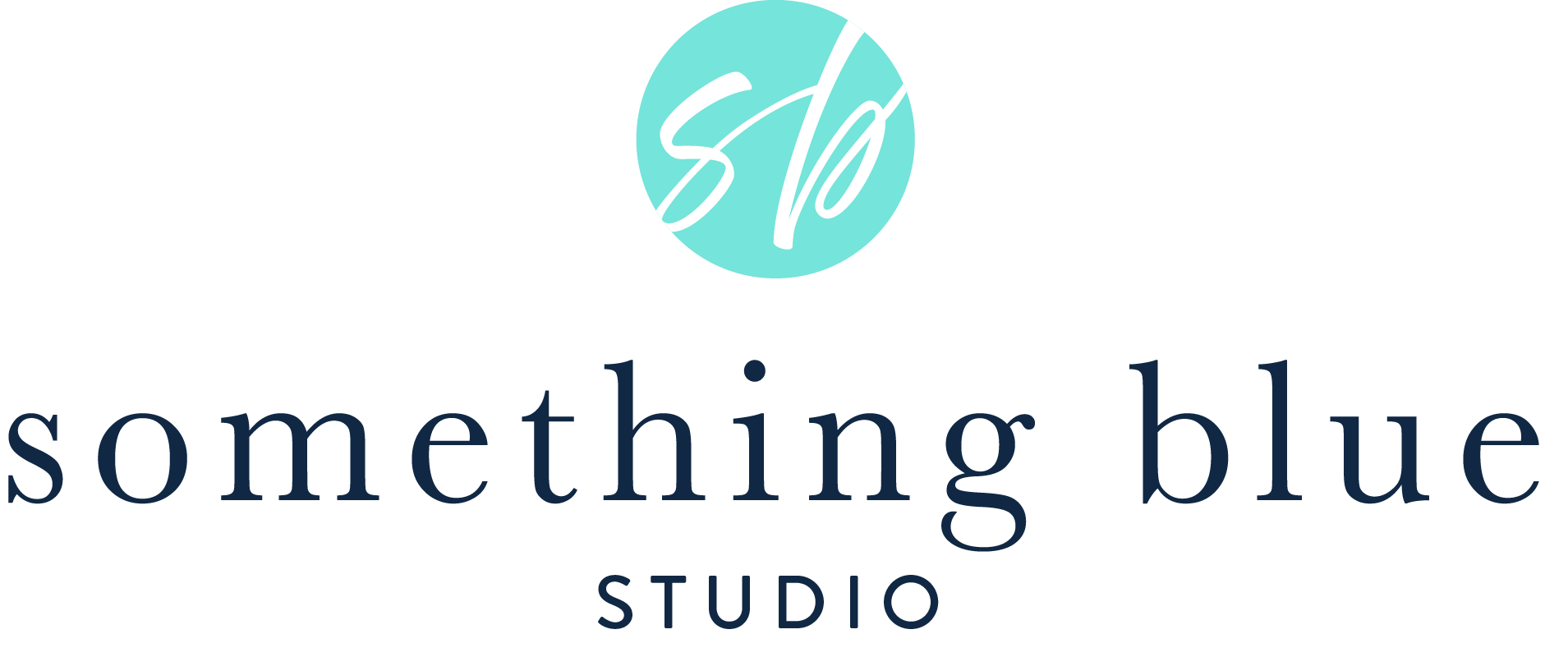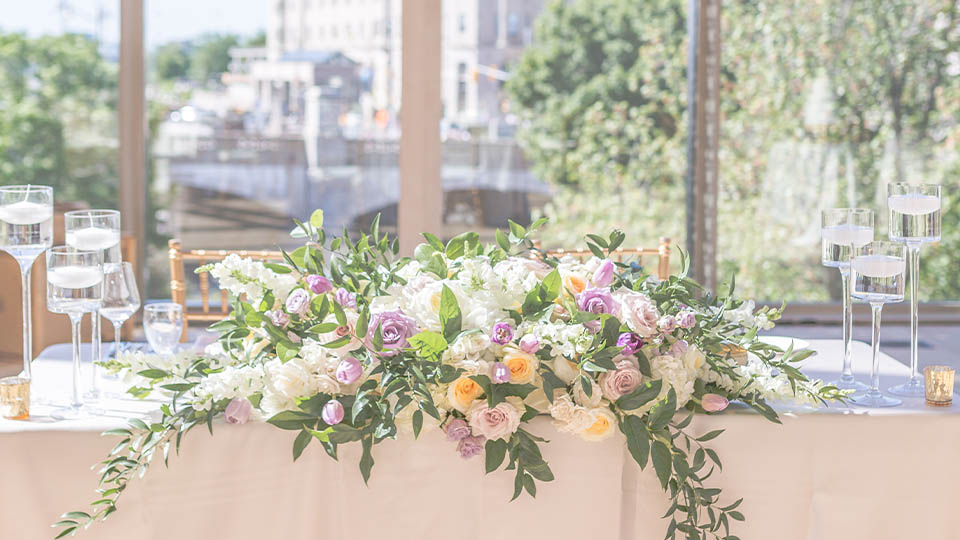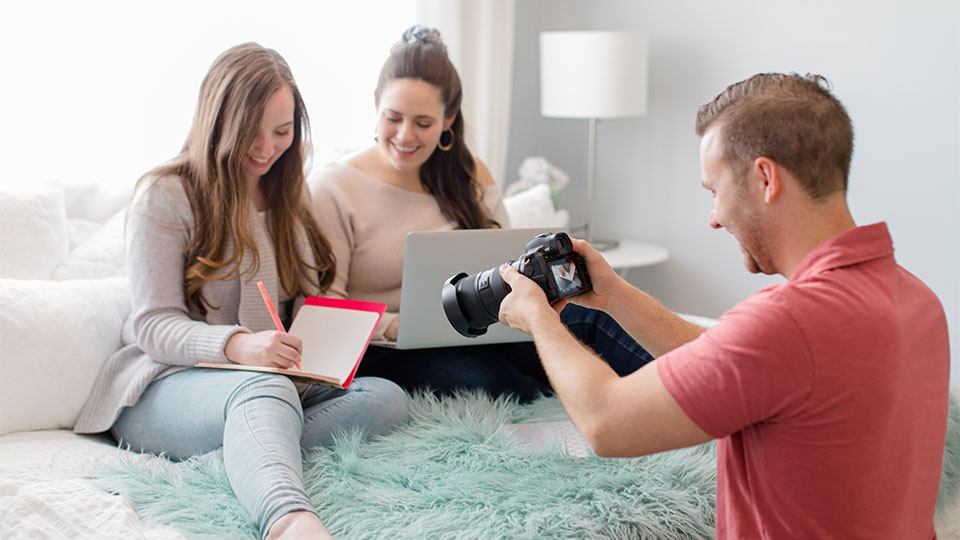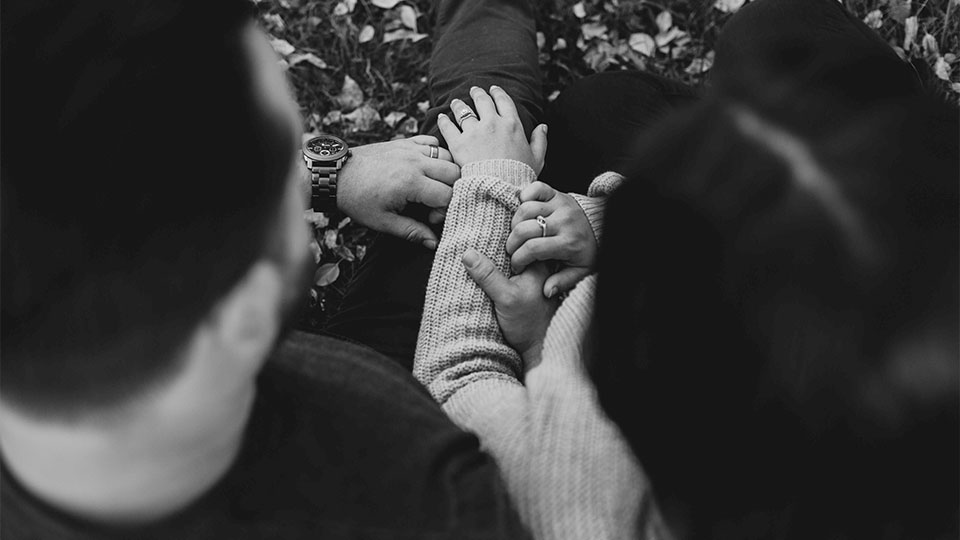How Boosted Posts on Instagram Hurt Your Business
The idea for this post came to me when I was scrolling through Instagram this morning. Ads cluttered my feed, and for the most part since I’m an advertiser too I don’t mind them. I noticed, however, that many of the posts were not captivating, or were for businesses in Vancouver, the US, or even internationally with a physical location they wanted me to check out. I have my location in my profile, Instagram KNOWS my location, so why was I getting so many irrelevant ads? The answer, I realized after I saw a slideshow from a non-profit that literally didn’t have a caption attached to it, was boosted posts. And then my heart hurt because I realized so many businesses were losing valuable marketing dollars for me to see their post, even though I wasn’t their target market at all.
First up, what’s the difference between a paid advertisement and a boosted post?
There are 2 main ways that you can pay to have your content shown on someone’s feed. The first way is through a carefully created and target paid advertisement with clear, focused messaging. The other is a boosted post.
Boosted posts were made by Facebook to essentially puke your content onto as many feeds as it can. I intentionally made that sound super gross because I don’t want you to boost posts anymore. Your boosted post is just trying to get onto as many screens as possible without taking into consideration where people are or what demographic traits they have. As such, it’ll cost you a lot more for very little return.
Instead of hitting 100 brides to be, you’re hitting maybe 1 bride to be, with 99 other people who aren’t going to use your services at all. The snotty 13 year old boy who loves slime? He’s seeing your post. The 60 year old grandma just trying to see pictures of her kids and grandkids? She’s seeing your post. The woman who was left at the altar last night? She might be seeing your post. The woman who just got engaged to her boyfriend of 4 years and could use your services? Probably not seeing your post.
How do you know who you want to see your posts?
Welcome to the world of advertising! When you go into Facebook Ads and see all the options for targeting, it can seem super intimidating. No wonder they came up with the Boost Post option, right? I promise though, it’s a lot easier to create a targeted audience than you think. According to Facebook, there are 5 traits you can segment based on to reach the general Facebook population. There are also more complicated methods they call “Custom Audiences” and “Lookalike Audiences”, which we won’t get into here, but are also valuable.
Location
This one is a bit of a no-brainer, but for most businesses in the wedding industry, you want your ad to reach people you can get to. If you’re a photographer, videographer, or wedding venue, it only makes sense that you service your immediate area. If you live in Toronto, you might not want to get calls from brides in Vancouver asking for you to shoot their wedding (unless you’re planning a trip to Vancouver). By setting your target location to around your city, you’re already eliminating the cost that comes with showing your ad to people too far away to take advantage of your services.
There are some cases where you would want to set your location to somewhere you don’t usually service, and that’s if you’re there anyway. If you’re going to a conference in another city and will be there a while, setting an ad targeting future brides and grooms in that area could help to book you up for the time you’re there. Win win!
Demographics
Demographics includes a range of identifiers such as age, gender, education, relationship status, job title, and others. For those in the wedding industry, targeting people who just recently set their relationship status to “engaged”, or who have been in a relationship for more than 3 years (as an example), would be smart targeting. You don’t want to be advertising to people who aren’t in a serious relationship, or who are already married. To keep it more general, since not everyone has their relationship status on Facebook, you can also target based on age, so hitting women and men ages 23-35 in your area.
Interests
Interests uses the categories of pages that people follow or posts they like to determine their interests. If, for example, you’re a vegan cupcakerie trying to get more wedding clients, targeting those who are into animal rights pages or vegan cooking pages will segment your audience nicely.
Behaviour
I find Behaviour a little less beneficial than the other segmentation options, but Facebook does give you the option to segment based on purchase history, what devices people use, and others. So if you sold Lightroom presets, you could segment people based on what phone they have, for example.
Connections
Connections is how people are connected to your page (duh). You can segment people based on whether they or one of their friends like your page or not. So you could run a promotion just for people who like your page, and not be advertising to people who don’t like your page.
What makes a good Instagram ad?
Creating good Instagram ads could be a whole course, to be honest. I’ll try to keep it simple here just so you get an overview.
There’s many elements that go into creating a good post, and a bit of luck really. Ads you thought would perform really well sometimes don’t hit the mark, whereas ads you thought would just do ok skyrocket.
The Image
Whatever image you use has to be captivating. I recommend including a bit of text on the image, but keep it simple and don’t overwhelm people with a paragraph (that’s what the caption is for!). Make it aesthetically pleasing and eye-catching. Just a texture or solid colour isn’t that eye catching, nor is a selfie. But if you combine a solid colour with “3 Engagement Shoots Left for 2020!”, and now you’ve got something eye catching a fiancée or fiancé might stop their scrolling to look at.
The Caption
Next up is the caption. First up, you need to have a caption. Your image isn’t going to speak for itself, so you need to complement it with some text as well. This also isn’t the place for hashtags – you’re paying for your ad to reach people’s feeds, hashtags on an ad (unless it’s part of a contest you’re running or some other use case) won’t do anything except hurt your credibility.
Your caption should be engaging and give people a reason to click through to your ad. If we’re using the engagement shoot example, some text such as the following would work nicely:
Just got engaged? Congratulations! At Something Blue Photography, we pride ourselves on capturing the happiness that you and your partner in Instagram-worthy photos. Our calendar has filled up but we still have 3 spots open for engagement shoots in 2020. Start capturing your memories now – get in contact with us to secure your date!
The above text has a strong call to action (what you want people to do): get in contact with us to secure your date. There’s a sense of urgency too: 3 spots open. And, since you targeted your audience well, wishing your ad-viewers congratulations on their engagement isn’t weird.
The Landing Page
Your landing page is where people go after they clicked on your ad. Your landing page is just as, if not more, important than the ad itself. This is where you start having a relationship with people. Whether they’re subscribing to your email list, buying your product, or scheduling a meeting with you, this is the time to make your brand really shine.
The landing page you choose should have a form on it to capture people’s information, and be specific enough to the ad that it makes logical sense moving from the ad to the page. For example, if you say you have a specific deal on a certain package, sending people to a landing page talking all about that specific package makes sense. Sending them to a random blog post or your homepage stops their journey and they have to find the information themselves. Humans have such short attention spans – make it easy for people to get in contact with you and buy from you!
Recap
As a quick recap (because this is a pretty in-depth post), don’t use boosted posts on Instagram because they don’t give you the targeting you need and will make you spend more money for less results. Use Facebook’s ad platform to create a targeted audience of people who would be interested in your product. Then, show them an ad that captures their attention and is relevant to them. Finally, create the page they land on after they click your ad to be informative, and give them a place to give you their information.
Don’t have time to create and manage Instagram ads? Want to leave it to the professionals? At Something Blue, we offer digital advertising management to wedding professionals just like you! Learn more about our services, or get in contact with us to schedule your consultation.




